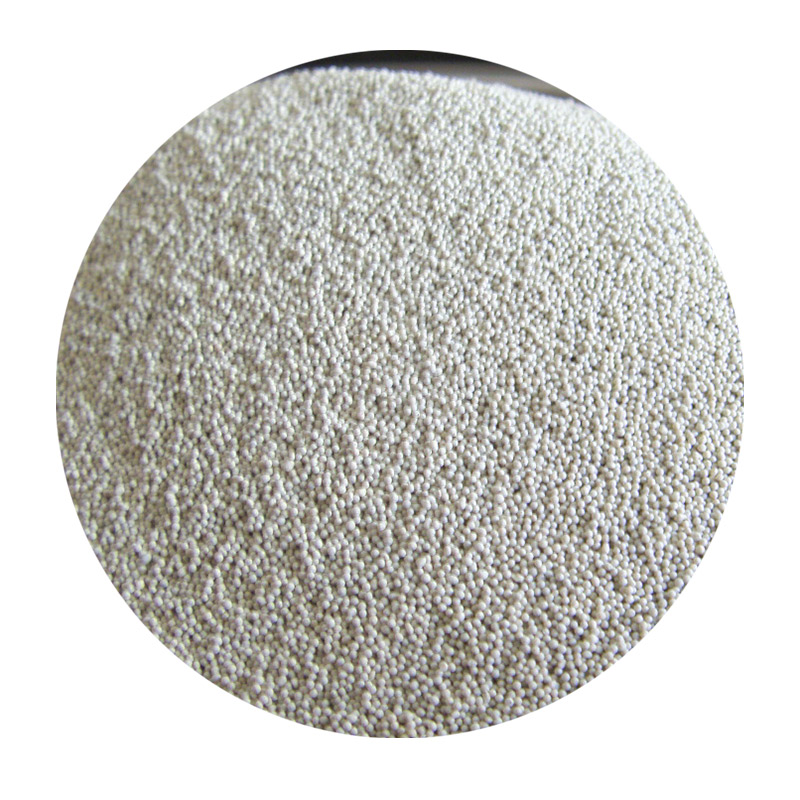Understanding Foundry Sand Properties and Their Importance in Metal Casting
Foundry sand plays a crucial role in the metal casting industry, serving as a key material that influences the quality of cast products. This specialized type of sand is generally composed of silica (SiO2), but its properties can be tuned by adding various binders and additives to meet specific requirements for different casting processes. Understanding the properties of foundry sand is essential for foundries seeking to optimize their casting operations, reduce defects and improve overall product quality.
One of the most critical properties of foundry sand is its grain size. The grain size distribution directly affects the mold's permeability and surface finish of the casted parts. A well-graded sand with a mixture of various grain sizes ensures optimal packing density, leading to a mold that can withstand high temperatures and pressures during the metal pouring process. Typically, foundry sands exhibit a size range from 0.1 mm to 2.0 mm, with finer grains providing a better surface finish but may compromise the mold's strength.
Another significant property is the shape of the sand grains. Angular grains tend to interlock better, providing greater strength and stability to the mold structure. On the other hand, rounded grains offer improved flowability, facilitating easier handling and molding processes. The ideal foundry sand should possess a balanced grain shape, allowing for both stability and workability.
Moisture content is another crucial characteristic affecting the performance of foundry sand. The correct amount of moisture ensures adequate bonding between sand grains and enables the sand to maintain its shape while also being pliable enough for easy molding. However, too much moisture can lead to defects such as blowholes in the casted metal due to steam explosion, while too little moisture can create weak molds that collapse under pressure.
foundry sand properties

The thermal properties of foundry sand are vital as well. The sand must endure the high temperatures generated during the pouring of molten metal without undergoing significant deformation or degradation. High thermal conductivity is an advantageous property, as it allows heat to dissipate quickly, reducing the risk of thermal stress that could lead to cracks in the mold. Additionally, the ability to withstand thermal shock ensures that the mold maintains its integrity throughout the casting process.
Chemical composition also plays a key role in determining foundry sand properties. Impurities such as clay, organic matter, and other foreign particles can negatively affect mold strength, permeability, and overall performance. Foundry sands are often treated or mixed with specific additives to enhance their properties, including resin coatings that improve strength and durability.
Recycling of foundry sand has become increasingly important due to environmental considerations and industry sustainability goals. Used foundry sand can be processed and cleaned for reuse, which not only helps in reducing waste but can also lower production costs. However, it’s essential to monitor and maintain desirable properties in recycled sand to ensure consistent quality in casting.
In conclusion, foundry sand properties are fundamental to the metal casting process, directly influencing the quality, strength, and accuracy of the final products. By understanding and optimizing these properties, foundries can enhance their performance, minimize defects, and produce superior castings. The careful selection and management of foundry sand not only contribute to better operational efficiency but also play a vital role in advancing sustainable manufacturing practices in the foundry industry.
Post time:Aug . 15, 2024 18:56
Next:High-Quality Sand Casting Manufacturing Services from Leading Factories in China for Various Industries
